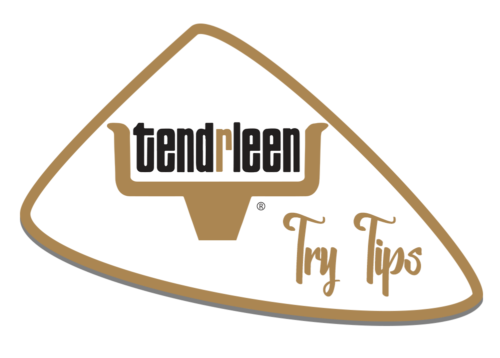Spring Feeding Strategies for Beef Cattle
Posted: March 3, 2021 | Written By: Don Cleaver, Form-A-Feed Nutrition and Production Specialist

In a recent Feedlot magazine article, the concept of a Spring Feeding Frenzy was highlighted. It is a good reminder about what will be happening in the next few months. Elanco Nutrition Technical Consultant Gary Vogel, Ph.D outlined what happens as days lengthen and why we need to pay attention to feedlot cattle during this time. The closeout data show that during winter feeding periods, cattle can take up to two weeks longer to feed out due to the fact their calorie intake may not be enough to compensate for the weather events they may be experiencing. Even in mild winter conditions this happens because they are not eating as much. There can be a 10-15% difference in feed consumption between summer and winter feeding periods. Changes in consumption become a bigger concern with high energy diets versus higher forage diets.
This increase in consumption occurs as the days get longer. Cattle can extend their eating by up to three more hours from March to May.
Hours of daylight per month along the Northern tier of states
| Month | Daylight hours |
| January | 9 |
| February | 10 |
| March | 12 |
| April | 14 |
| May | 15 |
| June | 16 |
| July | 15 |
| August | 14 |
| September | 12 |
| October | 11 |
| November | 10 |
| December | 9 |
www.weather2travel.com
Intake fluctuations increase the risk of acidosis, laminitis, and subsequent metabolic disorders. Even mild cases of any of these disorders can further affect intakes and lead to more serious issues. Implementing the strategies below will help to keep intakes more consistent and prevent problems from arising.
- Stir the cattle towards feed and water twice a day.
- Keep bedding type and amount as consistent as possible.
- Consider offering bicarb or a mix of half salt and half feeding or barn lime free choice to cattle over 500#.
- Offer a Form-A-Lic Calf Bio-Pro tub to cattle 500# and down.
Bunk feeding strategy
- The feeder needs to determine if the cattle are able to take the challenge of additional feed.
- Study the pen activities. If cattle are running to the bunks when fed, you are behind. Ideally 25% should be laying down, 50% should be getting up and moving towards the bunk, and 25% should already be at the bunk.
- Review past years feeding records to see when these increases occurred.
Self-feeder strategy
- Do not let the feeders run empty. With the additional intake, the feeders may well go empty if the filling amounts or times are not adjusted.
- Check feeder openings and adjust in spring and fall. We recommend ¾” for summer and 1” for winter.
- Watch for build-up and remove fines and moldy feed.
- Mud can start to show up which can keep Holsteins from feeding on their normal pattern. If it isn’t easy for a Holstein to eat, they lay down and wait until later to eat which can also a cause of acidosis.
For both bunk fed and self-fed cattle, make sure that adequate bunk space is provided.
| Animal Weight | Bunk Length Required |
| Up to 400 lbs. | 3-4 in/head |
| 400 to 600 lbs. | 3-4 in/head |
| 600 to Market | 4-6 in/head |
These strategies are even more important if the cattle are being fed a natural diet and not getting a product to help modulate feed intake.
Sources: Feedlot Magazine February 2021 Longer Days Lead to Spring Feeding Frenzy.
A play on words for the popular cut of beef, the Tend-R-Leen “Try Tips” is a series of short, practical management tips that you can try on your operation to improve performance. Click the “Subscribe to our blog” box and check to subscribe to the beef blog to receive these tips directly in your inbox!
subscribe to the beef blog to receive these tips directly in your inbox!